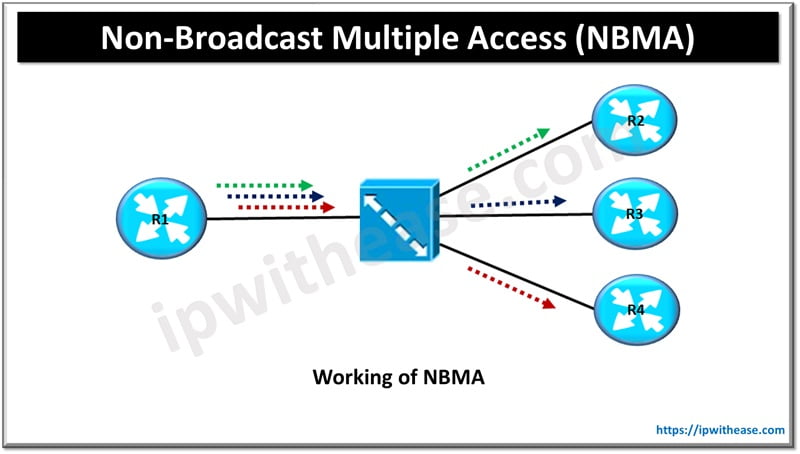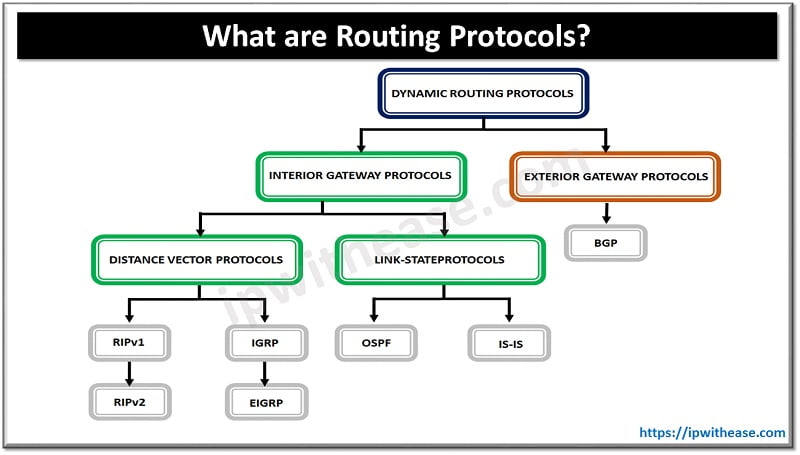Table of Contents
MPLS is a traditional, reliable, and private network technology that routes traffic using labels over dedicated circuits. While, SD-WAN is a modern, flexible solution that uses software to manage traffic across multiple internet connections for better cost-efficiency and agility.
Introduction
SD WAN i.e. Software Defined – Wide Area Network has taken a strong hold on the IT market. Based on Software defined solutions, SD-WAN has shown enterprises benefits much more than cost savings. With SD WAN providing much more scalability, deep application visibility, performance and game changers like Zero touch deployment, SD WAN is surely the big thing every organization would like to deploy in WAN solutions.
Having said that, MPLS is likely to get kick in the teeth. In fact MPLS has some challenges which have been addressed by SD-WAN like longer provisioning time, decentralized management, geographical scope limited by Service provider link availability at location etc.
Related- Will SD-WAN Replace MPLS?
Comparing MPLS and SD WAN
The major difference between SD WAN and MPLS is that SD WAN virtualizes the network functions so that they can run as a software on the commodity hardware, whereas MPLS runs necessarily on a proprietary hardware. SD WAN technology offers a number of benefits over MPLS technology. Some of them are summarized below:
- The provisioning time is very high in MPLS as compared to SD WAN technology that offers an efficient alternative with a very low provisioning time.
- The “Zero Touch provisioning” of SD WAN overcomes the challenges of manual configuration of MPLS technology.
- The centralized controlled of devices gives a better management in SD WAN as compared to MPLS which shows decentralized control over variety of networking equipment.
- SD WAN technology is pocket friendly as compared to MPLS since low number of internet links are used.
- SD WAN technology is more secure as compared to MPLS.
- SD WAN technology also provides in depth Application Level Visibility as compared to MPLS which shows low visibility of application performance.
- Bandwidth Scaling is more time consuming in MPLS as compared to SD WAN technology.
Nonetheless, SD WAN provides a number of benefits over the traditional MPLS technology, still MPLS has its own share of advantages like reliability in packet delivery and high Quality of Service (QoS).
Comparison Table: MPLS vs SD WAN
Below table summarizes the difference between MPLS and SD WAN:
| PARAMETER | MPLS | SD-WAN |
|---|---|---|
| Abbreviation for | Multiprotocol Label Switching | Software Defined – Wide Area Network |
| Provisioning time | High | Very low |
| Configuration | Manual Configuration | “Zero Touch provisioning” allows no need to perform manual configuration |
| Management | Decentralized control over variety of networking equipment | Centralized control of devices |
| Cost impact | High | Low since Internet links are used which are much cheaper than MPLS |
| Security | Good | Very High |
| Application Level Visibility | Low visibility of application performance | Deep application visibility |
| Bandwidth Scaling | Time consuming | Immediate |
| Geographical Reach | Limited to reach of Provider MPLS Cloud | Much Wider spread and highly scalable than MPLS |
Download the comparison table: MPLS vs SD WAN
FAQs Related to MPLS vs SD WAN
Is MPLS WAN or LAN?
It is WAN technology.
What is the difference between SD WAN and VPN?
SD–WAN and VPN both are very secure systems. SD–WAN has a failover security feature that is absent in VPN. Thus SD–WAN fixes any service failure or outage automatically by taking control of your IP address and transferring it from one network to another.
What layer is MPLS?
MPLS is a layer 2.5 networking protocol as it lies between layer2 and layer3 of TCP/IP model.
What is a “shim” protocol?
MPLS is also known as a “shim” protocol. “shim” means a space filler, and as MPLS fills the space between layer 2 and layer 3, that’s why it is called “shim” protocol (acting at layer 2.5).
What is SD WAN?
SD WAN stands for Software defined Wide Area Network that provides a software defined approach of managing WAN as compared to the conventional approach followed by traditional WAN.
ABOUT THE AUTHOR

You can learn more about her on her linkedin profile – Rashmi Bhardwaj




Brief but quite a good read.